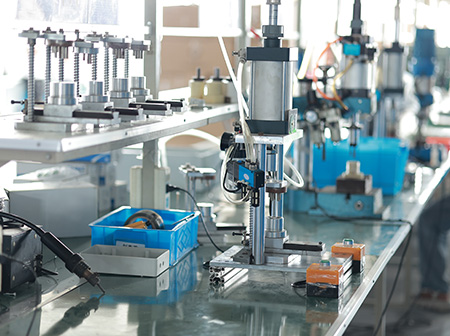A distribution box, often simply called a DB, is a crucial component in any electrical installation. Think of it as the heart of your building's electrical system. Just as a heart receives blood and pumps it to various parts of the body, the distribution box receives the main electrical supply and safely distributes it to different circuits throughout your home, office, or factory.
Its primary role is to ensure safety, control, and organization. Let's break down its core functions.
The main function of a Distribution Box is to act as a central hub. The single, thick cable bringing power from the utility company enters this box. Inside, the power is split into multiple, smaller circuits that run to different areas—like the kitchen, bedrooms, lighting, and air conditioning. This prevents overloading a single wire and allows you to control specific areas independently.
This is the most critical safety function. The box houses protective devices like circuit breakers or fuses. Each circuit has its own breaker.
Overload Protection: If a circuit draws too much power (e.g., from too many appliances), the breaker "trips," cutting off electricity to prevent the wires from overheating and causing a fire.
Short-Circuit Protection: In case of a fault, the breaker instantly disconnects the circuit, preventing damage to appliances and electrical hazards.
The main switch in the Distribution Box allows you to cut off power to the entire property at once. This is essential for maintenance, emergencies, or when you are away for an extended period, ensuring complete safety.
Many modern distribution boxes include a life-saving device called an Earth Leakage Circuit Breaker (ELCB) or Residual Current Device (RCD). It detects tiny imbalances in current that could be flowing through a person (electric shock) and cuts power in a fraction of a second.
The Role of Material: Plastic Power Distribution Boxes/Boards and Impact Resistance
The material of the box is vital for durability and safety. **Plastic Power Distribution Boxes/Boards** are extremely common, especially in residential and commercial settings, for several reasons:
A key feature of these plastic enclosures is being **Impact Resistant**. This means they are manufactured from tough, engineered polymers (like Polycarbonate or ABS) that can withstand:
This Impact Resistant quality ensures the box and the sensitive components inside remain protected, maintaining the integrity and safety of the electrical system for years to come.
In essence, a Distribution Box is the nerve center for your electrical system. Its functions are to:
The widespread use of durable Plastic Power Distribution Boxes/Boards, known for their Impact Resistant properties, ensures that this vital component is not only functional but also safe and long-lasting in a variety of settings.

